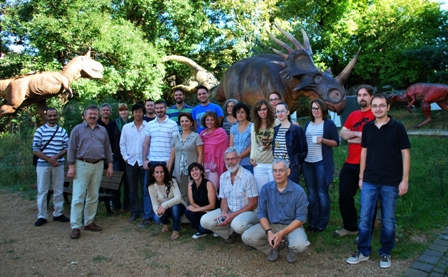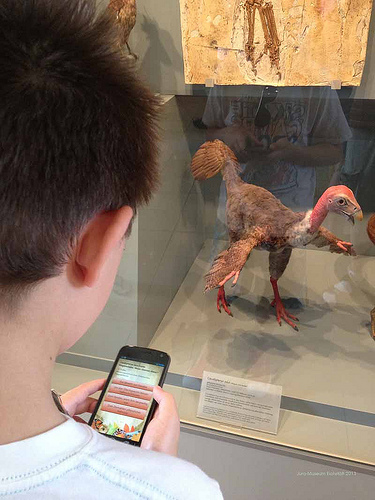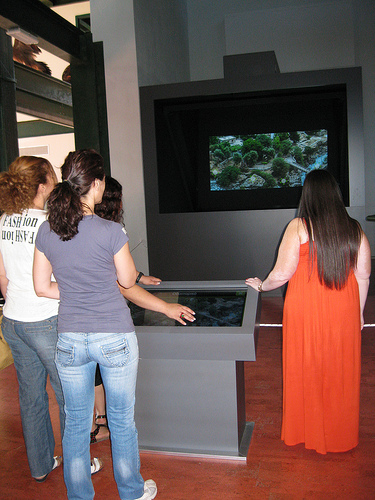The Natural Europe project comes to an end

Guest blog by Nikolaos Marianos.
At the end of September, the Natural Europe (NE) project will come to an end. The project, which started in October 2010, is a 3 year project co-funded by the European Commission under the ICT-PSP Programme. It aims to place museum visitors in the centre of an exhibition that is both physical and virtual. Using technology, services and learning content, the project provides personalised, appealing educational experiences, changing the way museum education is perceived and conducted worldwide!
During its lifetime, the NE project created a number of products to help achieve its aims. Its educational activities resulted in multilingual educational and cultural materials that can be used in educational pathways, reflecting the connection between formal and non-formal learning, and digital educational resources. Tools for the creation, annotation and publication of the educational pathways and the import, organisation and description of digital collections were developed and will continue to be available even after the end of the project. The Natural Europe project has made available around 120 educational pathways and 15,000 cultural resources, in 7 different languages. The resources come with enhanced high quality metadata available through 6 repositories, all of which are connected with Europeana and the Ariadne federation.

The Natural Europe project team. Photo: copyright Natural Europe
NE also created educators’ handbooks to guide people through the implementation of the Natural Europe educational scenarios. The handbooks demonstrate how to search and retrieve digital library objects related to Natural History, Environmental Education, and Biological Sciences, and to provide educators with the necessary software tools to design innovative online pathways using digital collections of natural history museums (NHMs). It also helps them to encourage visitors to follow educational pathways and exploit high-quality digital content available in NHMs.
Websites of the participating NHMs were enhanced by 'discovery microsites', powered by cultural and educational content (e.g. the Estonian Museum of Natural History cultural finder and the Natural History Museum of Crete educational finder). These microsites allow users to search and navigate through different digital cultural collections or educational resources and pathways through specially designed interactive interfaces. In addition, search widgets for both Natural Europe (e.g. Natural Europe widget) and Europeana (e.g. Europeana widget) have been created, both of which can be embedded in websites, social media, moodle installations, etc.

A Natural Europe app in use. Photo: copyright Natural Europe
In addition to the above, interactive installations were set up in museums as a means to enrich the visitor’s experience. These installations offer an enhanced virtual navigation through the museum’s collections. To this end, the interactive installations explore the local collection of the museum as well as the contents of the federated repositories and Europeana.

A Natural Europe interactive installation. Photo: copyright Natural Europe
Finally, and most importantly, the Natural Europe project didn’t stop at the creation of the tools. A series of dynamic and interactive creativity workshops and events, based on the Creativity Acceleration Platform, has been developed within the project, aiming at spurring creativity and fostering innovation on educational activities carried out within natural history museums. These workshops have been used to help both teachers and museum educators design their own educational pathways within natural history museums. The workshops also help families to define their educational needs within a natural history museum with the help of museum’s educators and to design their preferred educational activities.
The Natural Europe project closes its life circle and leaves behind a legacy of tools, knowledge and educational experiences that will continue to provide new ways to explore museums. For more information, go to www.natural-europe.eu
